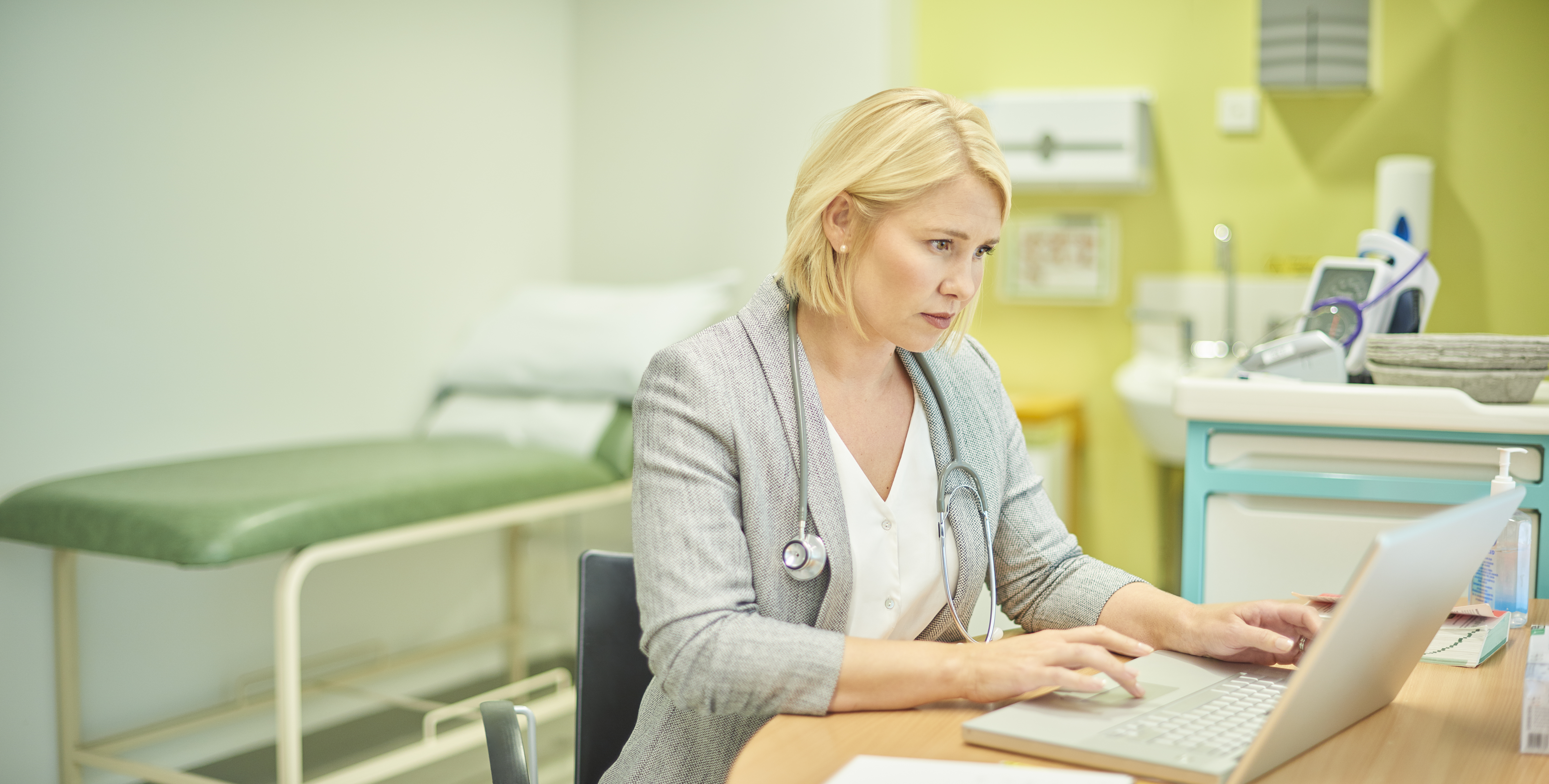Dr Simon Wallace, CCIO for Nuance healthcare, discusses the problem of clinician burnout and explains how speech recognition can help alleviate the burden of clinical documentation and free-up more time for patient care.
Dr Simon Wallace is the Chief Clinical Information Officer (CCIO) of Nuance’s Healthcare division in the UK and Ireland. This is an abridged version of an interview with Dr Simon Wallace filmed by HIMSS TV earlier this year (before the COVID-19 pandemic). The full 10min video is available to watch here.
Why has clinical documentation become such a burden for clinicians?
Over the last 15-20 years, healthcare has become more complex and this has resulted in the need for more comprehensive clinical documentation as a key part of a health professional’s day. It has been estimated that clinicians spend around 11 hours per week creating clinical documentation and up to two thirds of that can be narrative – lots of typing and digital dictation. The result is that doctors spend less than 13% of their day interacting with patients and are feeling overwhelmed by clinical documentation. Burnout and stress are two big issues in the NHS today – and the admin burden of clinical documentation does not help.
How can digital technologies such as speech recognition help clinicians address this burden?
Speech recognition streamlines and simplifies the clinical documentation process. We speak 3 times faster than we type and, with an AI-powered solution such as Dragon Medical One, there is very high accuracy. Using your voice is a more natural and efficient way to capture the complete patient story, it can also speed up navigation in the electronic patient record system, helping to avoid multiple clicks and scrolling.
What are the clinical settings where speech recognition delivers benefits?
Anywhere that clinicians are either typing or dictating a letter for transcription. It could be an admission note, a ward round note, a procedure note, a discharge summary, or an outpatient letter. Speech recognition technology benefits the entire care team – doctors, nurses, allied health professionals. And not just in acute hospitals – it is used across primary care, community care and mental health too.
Can you share some examples where you have seen the benefits of clinical speech recognition?
In outpatients for example there can be long turnaround times of several weeks to send out the GP letters. Some NHS Trusts have high outsourced transcription costs and others have a shortage of secretaries and rely on bank staff. In the hospitals where clinicians have created their outpatient letters using speech recognition, we have seen reductions in turnaround times from several weeks down to 2-3 days. In some cases, patients can now leave the clinic with their completed outpatient letter. Speech recognition has helped reduce the admin burden for both clinicians and secretaries and significantly reduces transcription costs.
Another example is from an independent study done at a hospital using Dragon speech recognition to capture A&E notes. Speech recognition was found to be 40% faster than typing and has now become the preferred method for capturing the A&E notes. The average time saving in documenting care of 3.5 mins per patient is equivalent over a year to two full time ED doctors!
These benefits are not just seen in the acute sector, we have found similar time and financial savings in community, mental health as well as primary care.
So final question, ‘what’s next’ for clinical speech recognition technology?
Cloud-based AI embedded speech recognition acts as a foundation for a range of value-added tools over and above creating a note by using speech. By incorporating natural language processing the following is possible:
- Improving the quality of a clinical term, in other words the specificity
- Suggesting possible missing diagnoses
- SNOMED CT coding clinical terms on the fly as a document is created and inserting it in the correct part of the EPR
- Accessing clinical knowledge databases at the time of documenting – something I refer to as knowledge at my fingertips






